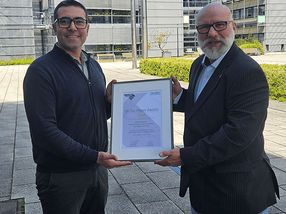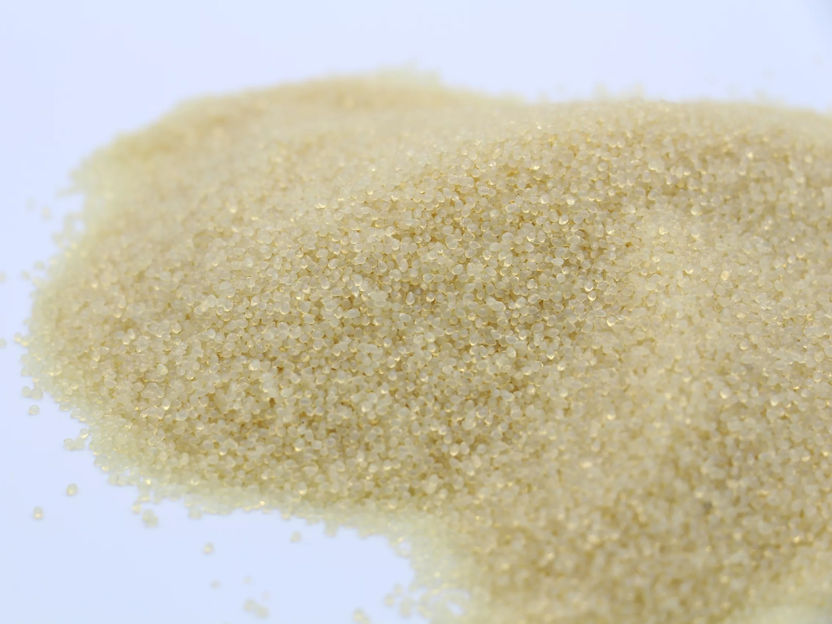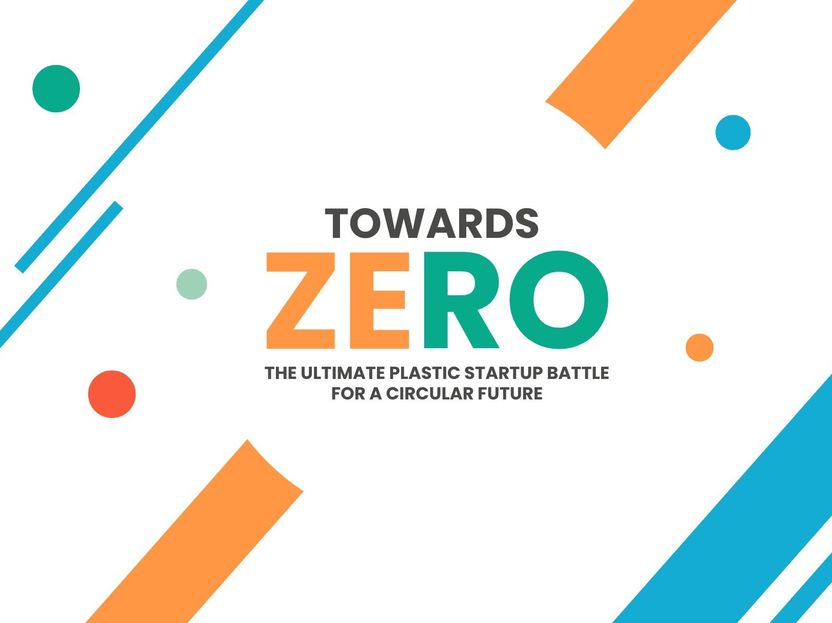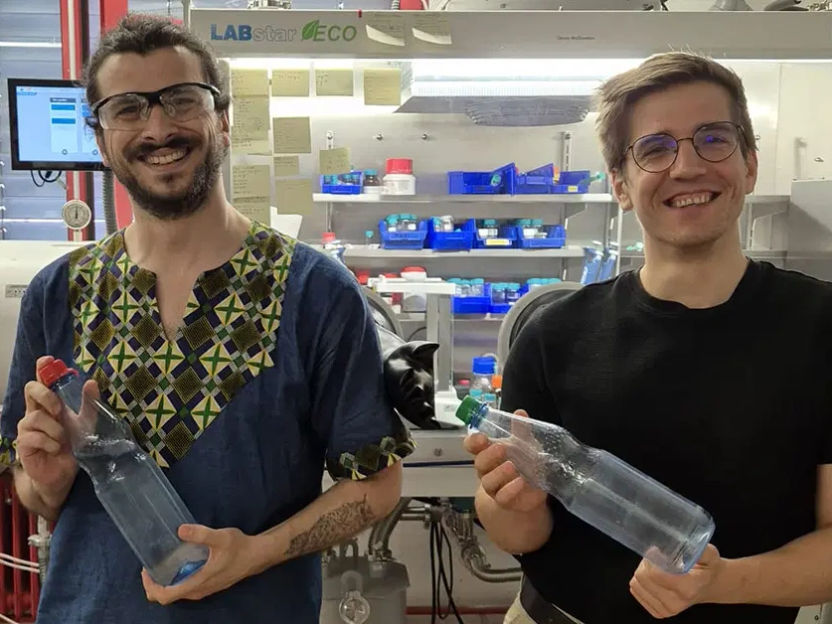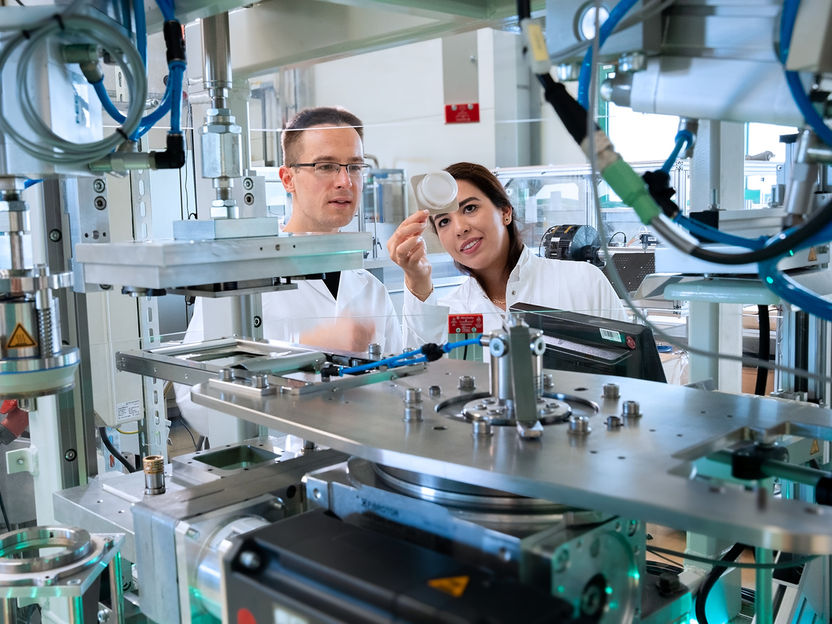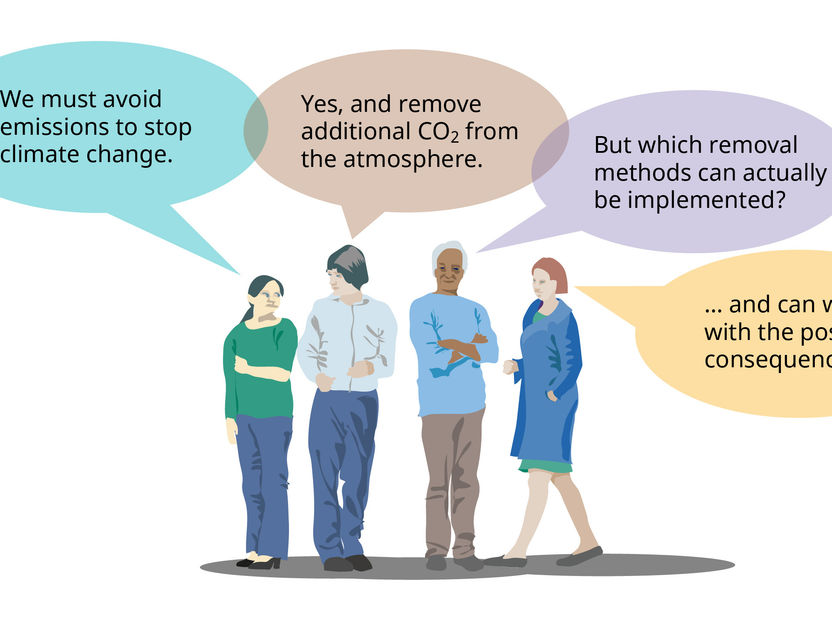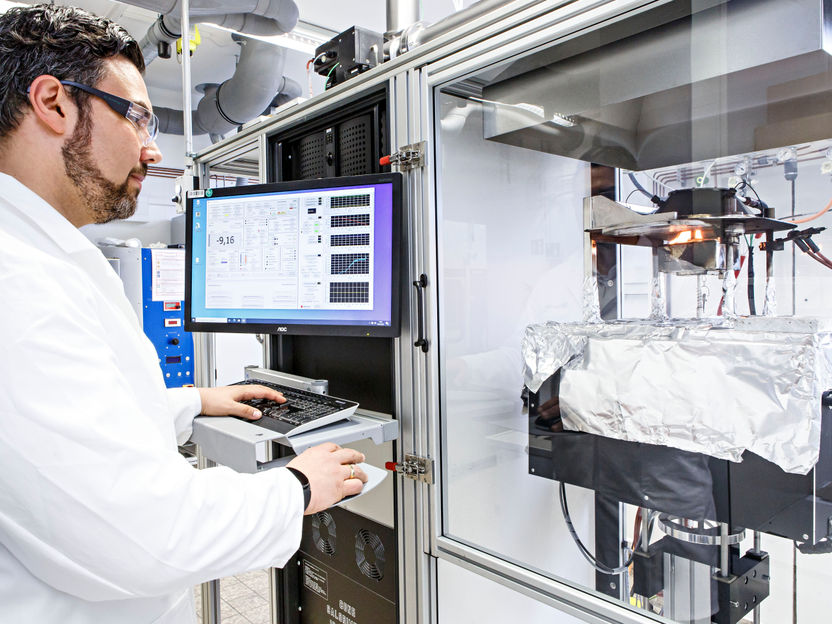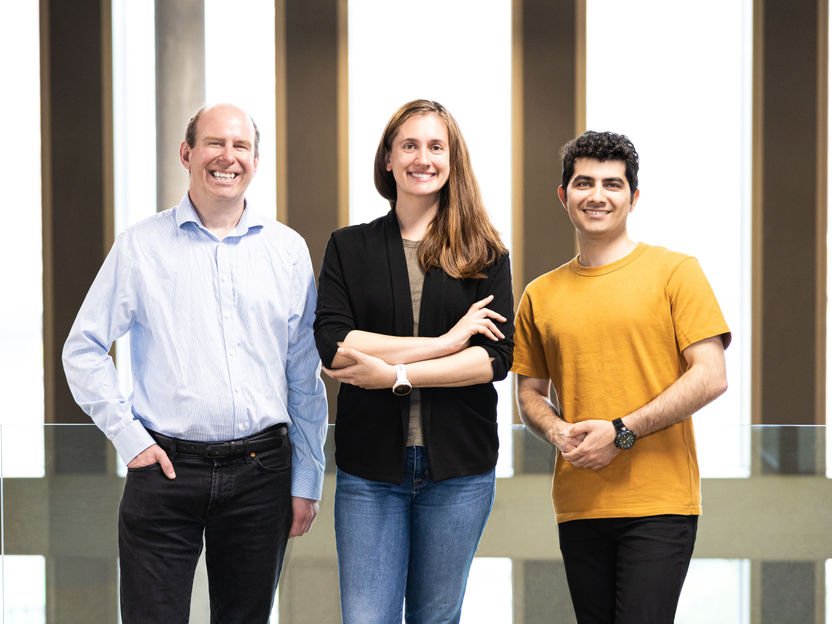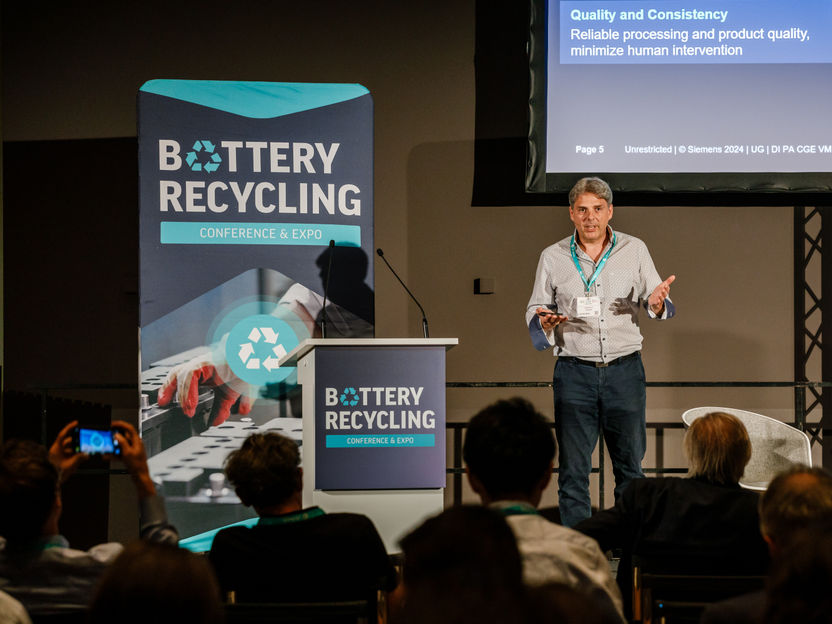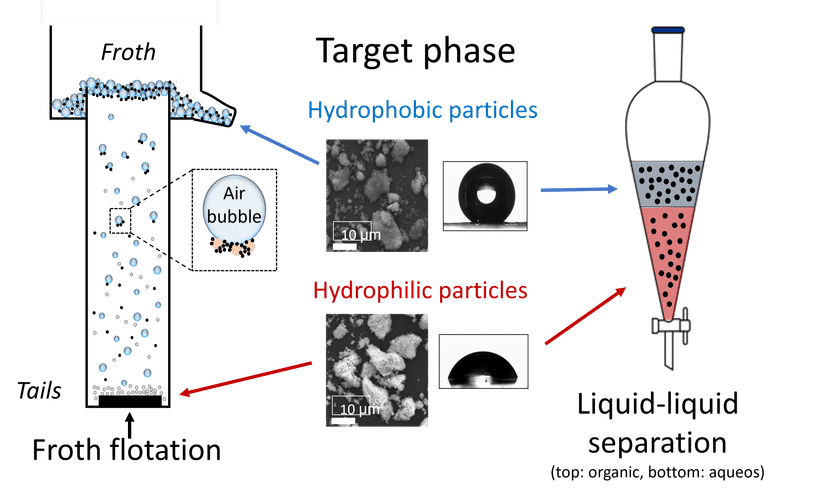Marine litter: what biodegradable plastics can do to solve the problem
A third generation of biodegradable plastics could bring hope in the fight against plastic waste
For more than two years, the UN member states have been trying to agree on a plastics treaty that includes globally binding measures against plastic pollution. In August, negotiations to reach an agreement will continue in Geneva. Scientists at the Leibniz Centre for Tropical Marine Research (ZMT) have studied existing strategies and are proposing additional measures to tackle the marine litter problem. They are focussing on innovative, “third-generation” biodegradable plastics to be developed on the basis of the EU concept ‘Safe and Sustainable by Design’ (SSbD). The researchers’ comprehensive analysis is published in the journal Sustainable Chemistry and Pharmacy.
The quantity of plastic produced worldwide has reached 400 million metric tonnes in 2022, an estimated three to five per cent of this amount ends up in the environment, where it poses significant threats to ecosystems and biodiversity. Tourism, fishing and human well-being are also severely affected by marine litter. Around two billion people, many living in tropical countries, are not connected to a functioning waste disposal system.
Plastic waste stays in the environment for decades and longer. It does not biodegrade, but at best decomposes into micro- or nanoplastics, with serious consequences for marine ecosystems in particular. Marine litter has become one of the major global challenges in recent decades; the sub-goal (SDG 14.1) of UN Sustainable Development Goal 14 (“Life below water”) calls for a significant reduction by 2025.
So far, there seems to be no end in sight to marine littering. Even with immediate and concerted action to reduce consumption, more than 700 million tonnes of plastic waste would cumulatively enter aquatic and terrestrial ecosystems until 2040.
Environmental scientist Rebecca Lahl and sustainability researcher Raimund Bleischwitz from ZMT have extensively analysed many different approaches to combating plastic waste in the oceans outlining advantages and disadvantages of measures already in use.
Their publication in the journal Sustainable Chemistry and Pharmacy examines concepts of waste management as part of a sustainable circular economy as well as clean-up technologies or demands to hold manufacturers responsible or to continue educational campaigns to change consumer behaviour.
“These measures must continue to be implemented and expanded, but they are not enough to tackle the plastic problem,” says Rebecca Lahl, lead author of the study. ”Our proposed solution starts much earlier – with the development of the chemicals and materials used in plastic production.”
Innovation perspectives through EU standard “Safe and Sustainable by Design” (SSbD)
As a complementary future strategy, the ZMT researchers propose to develop biodegradable plastics based on the European “Safe and Sustainable by Design” (SSbD) concept.
With this approach, the European Commission wants to promote the development of chemicals, materials and products that prioritise safety and sustainability at every stage of the life cycle. It is part of the “Green Deal” adopted in 2019.
Such a solution is necessary for plastics that predictably and inevitably end up in the environment and can remain there for hundreds of years (“eternal” plastics). The ZMT authors call for unsafe, unsustainable and non-essential plastic chemicals, polymers and products from industry to be replaced.
The “Safe and Sustainable by Design” (SSbD) concept is about developing plastics in such a way that, once they have served their purpose, break down into chemicals that do not pose any risk to the environment or to humans or that makes them fit for re-use, waste collection, sorting and recycling/upcycling.
“Biodegradable plastics according to SSbD criteria offer prospects for innovation and can be an additional strategy for tackling plastic waste in the oceans, but also on land,” says Rebecca Lahl.
Co-author Raimund Bleischwitz, an expert in circular economy at ZMT, adds:” This allows new materials to be created that are inherently safe for human health and the environment while promoting long-term ecological, economic and social sustainability.”
First, second and third generations of biodegradable plastics
The researchers at ZMT call materials developed on the basis of “SSbD” as “third-generation biodegradable plastics”.
The industry had already focussed on biodegradability in the 1970s and 1980s, but failed in this early “first-generation” approach.
“The biggest conceptual mistake at the time was to stick with the polymers of ‘eternal’ plastics, which were launched on the market far too early as a solution to the plastics problem but without sufficient validation through degradability tests,” explains Raimund Bleischwitz.
In the 1990s, the focus shifted to natural polymers. “Nature was the inspiration for this ‘second generation’ of biodegradable plastic products,” says Rebecca Lahl. “Typical polymers in nature are proteins, polysaccharides, lignin and natural rubber, which in extreme cases can last for decades and then break down into harmless natural building blocks such as sugar.”
Biodegradable “second generation” plastics currently only account for around 0.5% of plastics on the global market. The ZMT experts see them as progress compared to the ‘forever’ plastics of their predecessors. However, innovation must also continue in this field in order to obtain plastics that are sufficiently stable in the use phase and degrade in the (marine) environment in a sufficiently short time.
With the “Safe and Sustainable by Design” approach, a third generation of biodegradable plastics could be a way forward promising hope in the fight against plastic waste.
“These plastics do not yet exist, but if the legislator in Europe demands a defined degradability for plastics such as microplastics or packaging films, plastics must be improved to achieve this goal,” argues Rebecca Lahl. “From this point of view, polymer molecules would no longer be stable forever, but would degrade in a shorter time. A very high safety standard must also apply to degradable plastics with regard to additives.”
The ZMT experts suggest to use biodegradable plastics developed according to the SSbD principle particularly for products that end up in the environment (sea or soil). In their opinion, the following plastics should be included in innovation efforts for biodegradability:
1. All microplastics that may continue to be used in consumer products such as cleaning agents, scouring salts or cosmetics and care products (e.g. toothpaste)
2. All microplastics that are used in paints, varnishes, coatings and sealants for the construction sector and are subject to intensive weathering,
3. Rubber articles that are released into the environment as microplastics to a relevant extent during use
4. Other plastic articles or fabrics that are subject to intensive abrasion during the use phase (cleaning cloths, sponges, drying cloths, cleaning rags, etc.)
5. Agricultural plastic products such as seed and fertilizer wrappings, thin mulch films, plant seedings, tree shelter tubes that are not removed from the soil
6. Fishing nets (especially trawls) and other plastic products for fishing/angling
7. Textiles for intensive use in water (such as mats, splash guards, swimsuits, etc.)
8. Small plastic parts such as firework casings
9. Selected volume-relevant food packaging
10. Other disposable articles (e.g. cigarette butts)
Regulate first, then develop innovations – an utopian approach?
The suggestions of the ZMT researchers may sound unusual or even utopian, as they are not only calling for a paradigm shift in the production of plastic, but also for “disruptive innovation in an emerging novel supply chain”.
Raimund Bleischwitz does not see it this way. “Quite the opposite,” he stresses. “There are many examples, especially at EU level, where innovations have been triggered by ambitious standards. In the past, emission limits were set for industrial plants or cars, for example, for which the necessary technology was only developed at a later stage.”
Rebecca Lahl agrees: “If you analyse the developments in conventional plastics, you will see that the design of products has become increasingly sophisticated and better over the last few decades. A simple film for packaging meat or cheese now consists of several different layers that turn this film into a high-tech product. We are capitalising on this new design potential.”


















